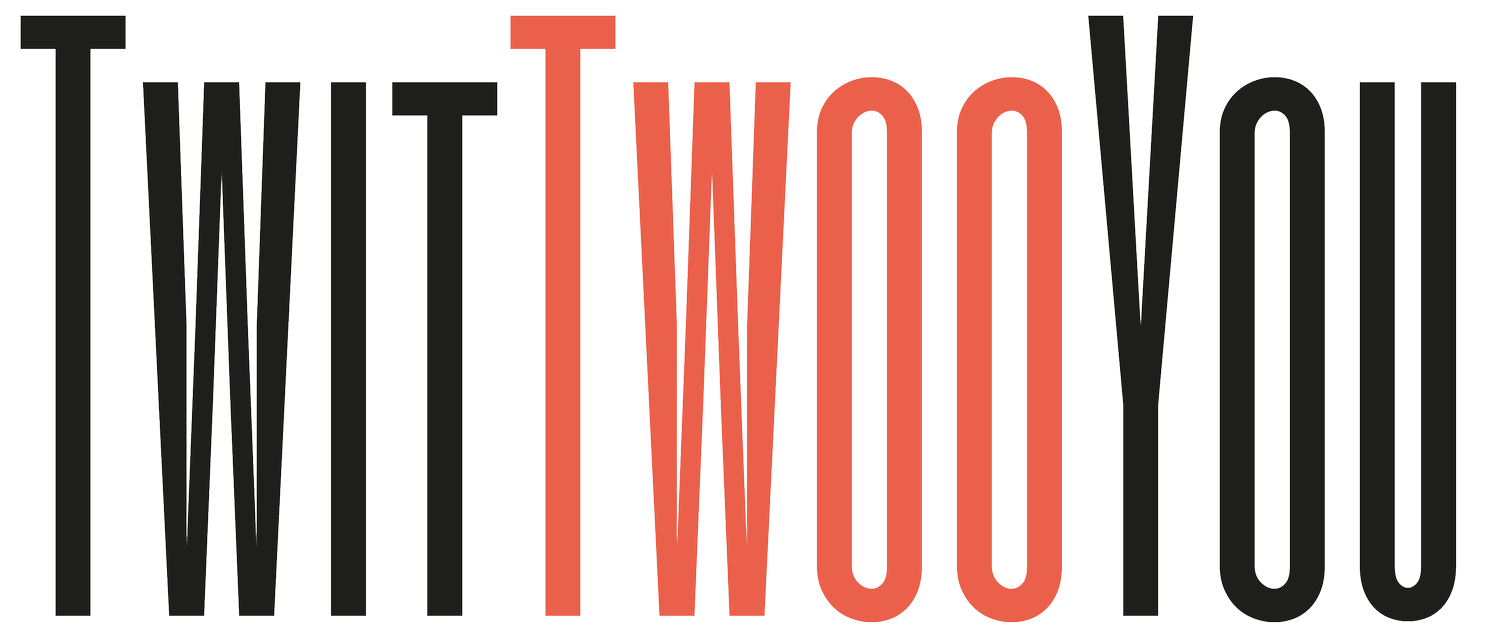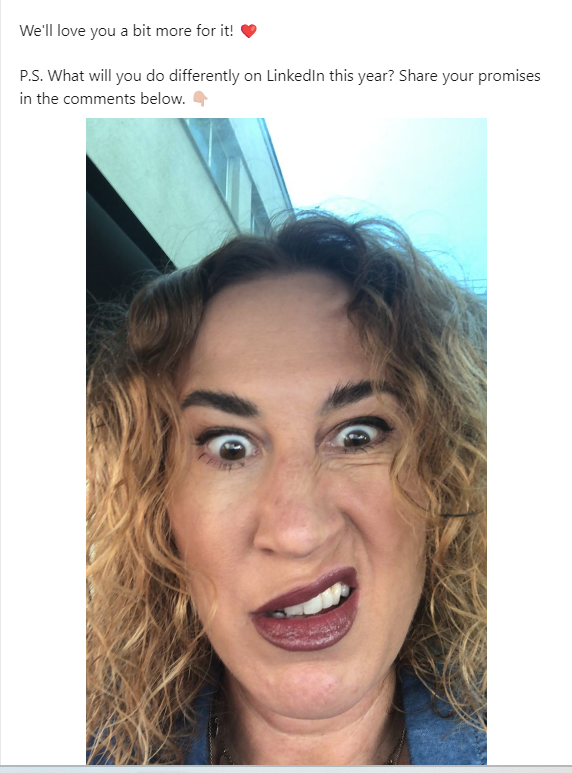The 5 essential components of a LinkedIn post
We all know that LinkedIn is the place to be if you want to elevate your personal brand or boost your company’s brand awareness. LinkedIn allows you to share insights, highlight expertise, and engage with a broader network.
You work hard to consistently appear on the platform and write posts that will hopefully generate engagement and reach, but some posts can be real winners, while others can just bomb.
So, what are the key elements your LinkedIn posts should contain?
Today’s blog offers a comprehensive guide on everything your LinkedIn posts should contain. We’ll discuss your post’s composition, the importance of a great hook, formatting, a persuasive call to action (CTA), and the power of the P.S. in fostering engagement and dialogue.
The Hook: What determines whether your post will win or lose
Your post's hook is the linchpin of your content's success. It's what stops the scroll and invites readers into your narrative. Start with an impactful statement, a question that sparks curiosity, or a statistic that challenges common perceptions. Or pose something that encourages curiosity in your reader. The hook should resonate with your audience's interests or address specific pain points, creating an immediate connection and a reason to read.
Image credit: www.linkedin.com/jobuchanan
Correct Formatting: Forget that, and you can forget the engagement
Consider formatting as your post's blueprint; it structures the reader's journey. Short paragraphs, clear headings, and bullet points transform a text block. Spacing also enhances readability, guiding the reader through your post seamlessly. Where people’s attention is fleeting, a well-structured post will determine how well it does.
Emojis: Offering visual cues that encourage engagement
Emojis can add a layer of emotion or emphasis to your post and deliver a pop of colour. They can also serve as visual cues that can break up text, highlight key points, or inject personality into your content. Ensure the emojis you choose complement your message and maintain the professional tone of your post. Remember, the goal is to enhance your content, not overshadow it.
The Call to Action: Every post should have one
There’s something I always see on LinkedIn: a distinct lack of call to action on people’s posts.
A good LinkedIn post doesn't just inform; it engages and encourages action.
Your call to action should be a clear directive to your readers, guiding them on what to do next, whether inviting comments, sharing a link for more information, or encouraging shares. Your CTA should be straightforward and aligned with your post's objective. This direct approach fosters interaction and deepens engagement with your content.
As you can see in the example below, my call to action is to invite people to comment and share their answers with me.
Image credit: www.linkedin.com/jobuchanan
The Power of the P.S.
When did you last add a P.S. at the end of your post? Only a few times, I reckon. But a P.S. can serve as a final nudge for engagement. It's an opportunity to add a thought-provoking question or offer a last piece of advice. Utilising a P.S. can re-engage readers who've scrolled to the end of your post and encourage them to participate in the conversation, enhancing the overall impact of your content. P.S. Do you ever do this? P.S. Do you agree or disagree?
A P.S. should encourage others to act, like in the example below, where I invite readers to share what they’ll do differently on LinkedIn.
Image credit: www.linkedin.com/jobuchanan
Crafting Content That Resonates
Creating content that resonates on LinkedIn goes beyond sharing expertise; it's about crafting something that connects, informs, and inspires your audience to engage. Each post is an opportunity to share insights, build your brand, and foster meaningful connections.
We all know that engagement is the overall aim of your LinkedIn effort. So, to help you achieve better results, remember these strategies to capture attention, engage and inspire your professional network.
Like what you’ve read?
Jo Buchanan, the author of this blog, is the Founder and Director of TwitTwooYou Limited, a business growth strategic consultancy centred on getting brands noticed. TwitTwooYou offers smart services to help businesses grow and achieve their aspirations and goals. Want to get your brand noticed? Get in touch for a free, no-obligation chat.




